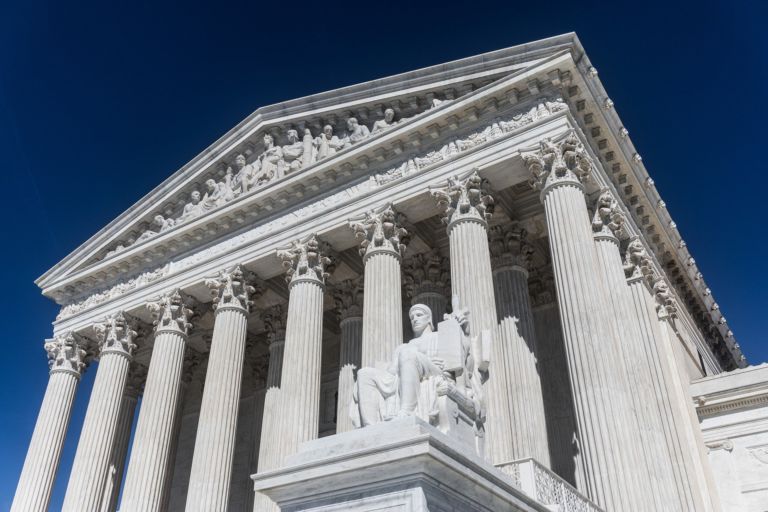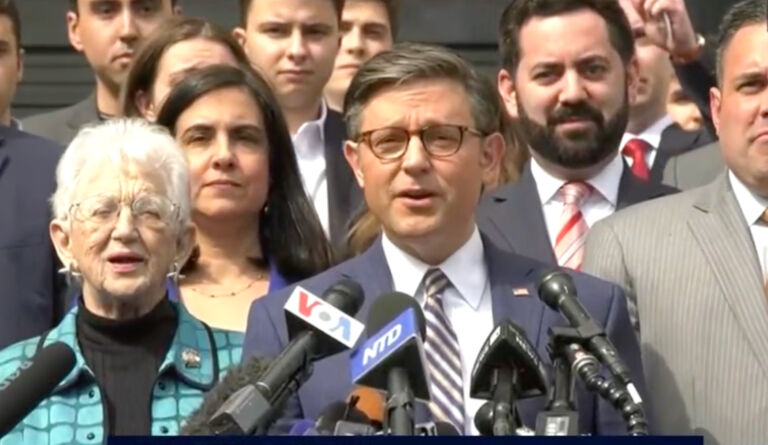Weekly John Locke Foundation research division newsletter focusing on environmental issues.
The newsletter highlights relevant analysis done by the JLF and other think tanks as well as items in the news.
1. Oil, oil, and more oil: but will we ever get to use it
Recoverable oil in Utah, Colorado, and Wyoming is about equal to the world’s proven oil reserves. This is according to congressional testimony from the General Accounting Office (GAO). The problem is that it is almost all beneath federally owned and controlled land known as the Green River Formation. According to the testimony:
The Green River Formation, a largely vacant area of mostly federal land that covers the territory where Colorado, Utah and Wyoming come together, contains about as much recoverable oil as all the rest the world’s proven reserves combined…the Green River Formation contains about 3 trillion barrels of oil, and about half of this may be recoverable, depending on available technology and economic conditions.
Sounds great, right? But here’s the reality. This land is controlled by the U.S. Department of Interior, which in recent decades has become a wholly owned subsidiary of the environmentalist left. Their goal has been to keep these kinds of resources bottled up under ground. These are the same bureaucrats, empowered by like minded politicians, who have kept oil resources in the frozen wasteland know as the Alaskan National Wildlife Reserve (ANWR) from being exploited and used for the betterment of humanity, and closed off access to resources along US coastal areas and other government owned lands. So, unless there is a major change in the mentality and ideology of the decision makers, these vast oil resources are not likely to ever make an appearance above ground where they can be used to heat people’s homes, transport goods, light people’s houses, and fuel people’s automobiles — in other words, where they can actually make a positive difference in people’s lives.
This CNSNews.com story links to the entire GAO testimony.
2. Environmental policies and regulations since the late 1960s have been a dismal failure
This is the implication of a study by the World Wildlife Fund (WWF). According to the WWF, the world’s biodiversity is down 30 percent since 1968. Taking the WWF’s conclusions at face value, they imply that decades of increasingly stringent environmental regulations both in the United States and throughout the world have fallen flat on their face and may in fact have made things worse. To reiterate, without questioning the WWF’s results:
As of 2008, the most recent year for which data is available, humans were outstripping Earth’s biocapacity by 50 percent. Biocapacity is the amount of renewable resources, land, and waste absorption (such as sinks for carbon dioxide) the Earth can provide.
The late 1960s to 2008 was an era that ushered in massive efforts on the part of governments around the world to forcibly conserve resources and reduce pollution. In the United States this is the period that gave us the Clean Air Act in the early 70s and the Clean Air Act Amendments of the early 1990s; the clean water act along with its severe wetlands restrictions; the endangered species act which has lead to massive restrictions on land use, particularly in the southeast and west; the Environmental Protection Agency and the Department of Energy; severe restrictions on drilling for oil and gas; and the continuous tightening of air and water quality standards every couple of years. Cumulatively all of this has likely imposed trillions of dollars in regulatory costs on consumers and industry. And now, according to one of the interest groups that has supported all of this, there is very little to show for it.
Of course, I don’t take much stock in these studies that purport to show that we are somehow running out of resources and the human usage of resources is getting less sustainable, particularly when it is coming from an organization like the WWF who has been wrong so often in the past. For a closer look at my perspective on this issue take a look at this study that I did on sustainable growth several years ago.
3. Ozone Report
The 2012 ozone season began on April 1 and each week during the ozone season this newsletter will report how many, if any, high ozone days had been experienced throughout the state during the previous week, where they were experienced, and how many have been recorded during the entire season to date. The ozone season will end on October 31st. All reported data is from the North Carolina Division of Air Quality, which is part of the state’s Department of Environment and Natural Resources. During the period May 7 to May 13th there were no reported high ozone readings on any of the state’s monitors and there have been none thus far this season.
Click here for the Environmental Update archive.


